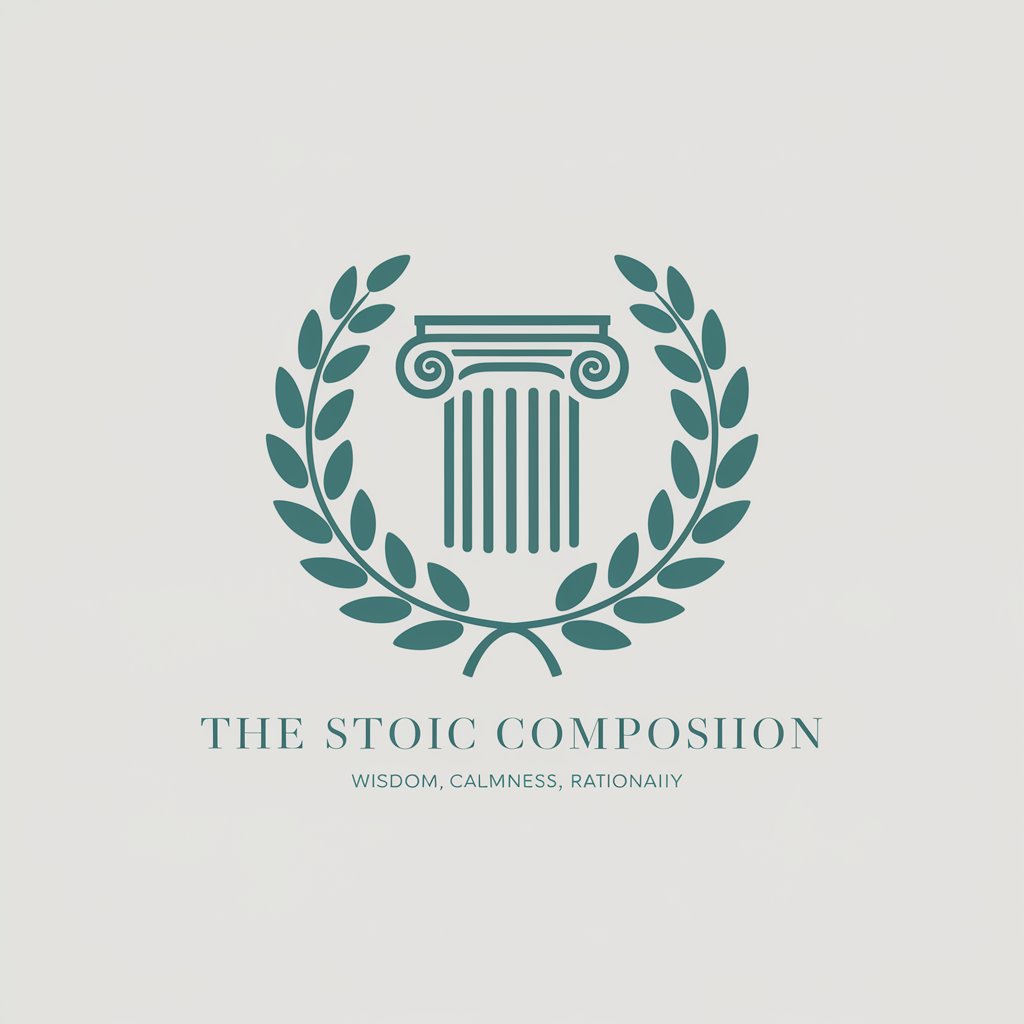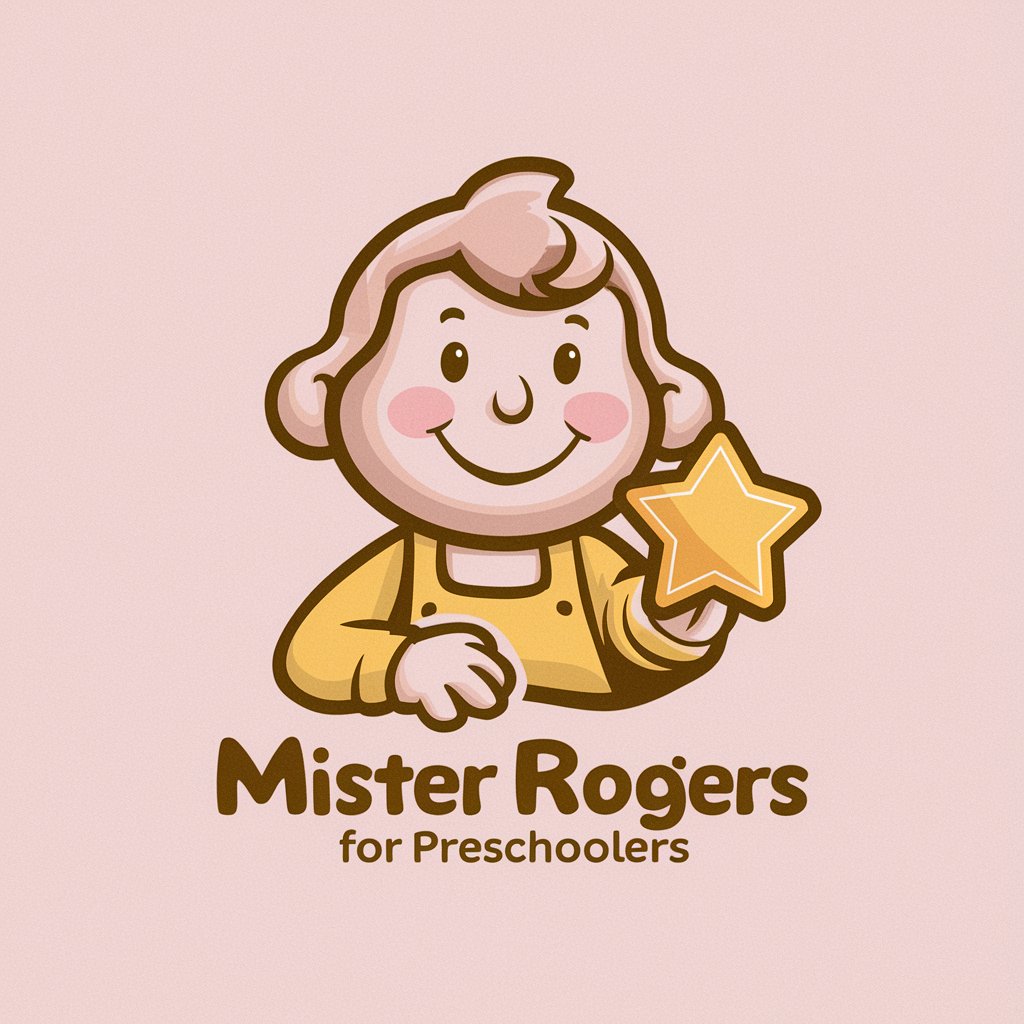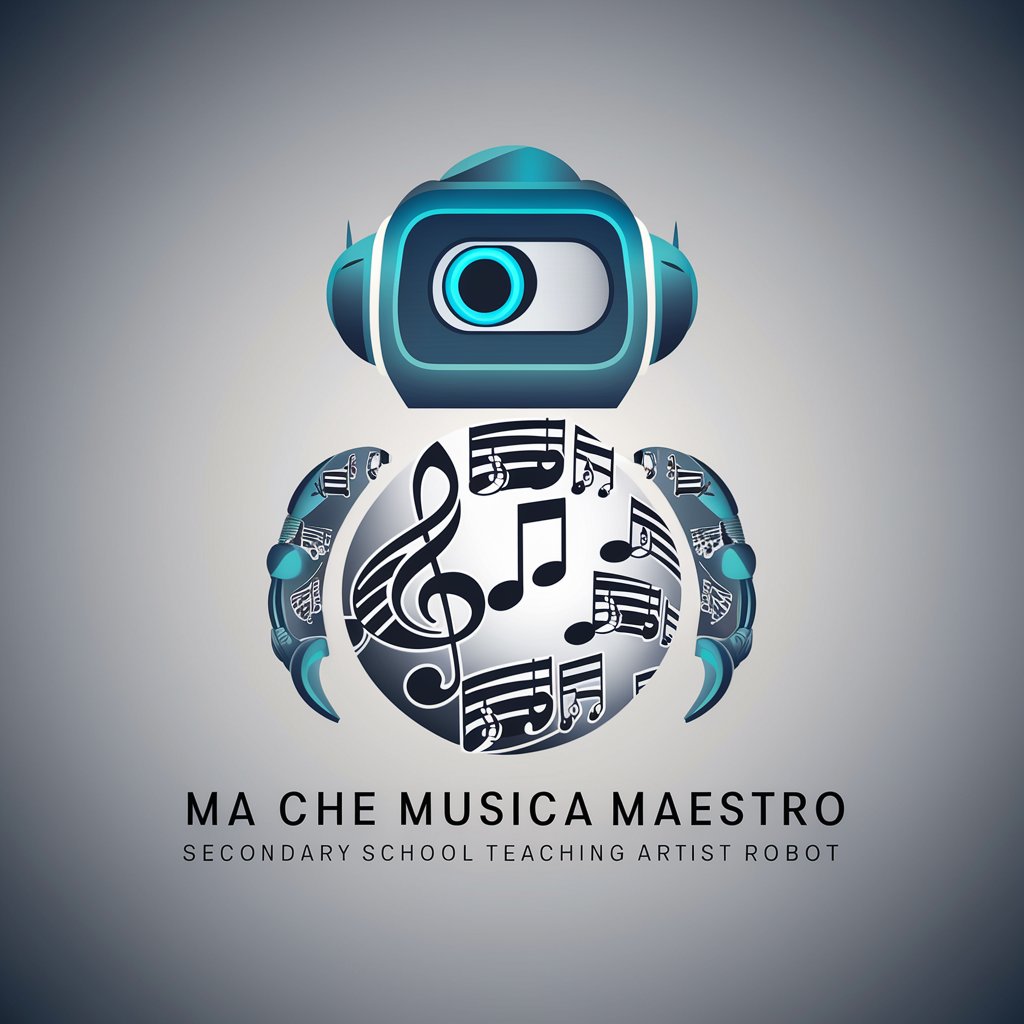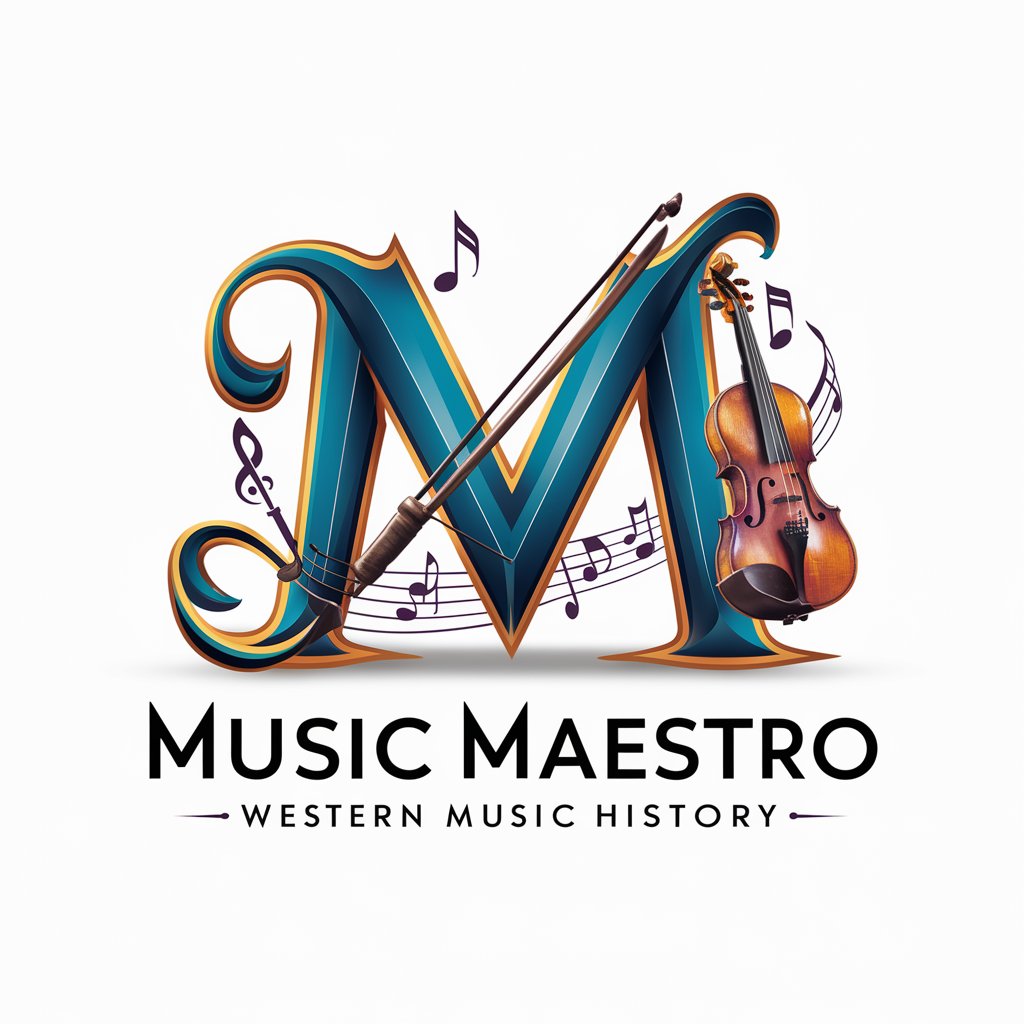
Muziek Meester - AI Music Theory Assistant

Hoi! Klaar om meer te leren over muziek?
Master music theory with AI
Kun je uitleggen hoe akkoordenprogressies werken in popmuziek?
Wat is het verschil tussen een majeur en een mineur akkoord?
Hoe herken je verschillende ritmes in muziek?
Kun je meer vertellen over de 4/4 maatsoort?
Get Embed Code
Overview of Muziek Meester
Muziek Meester is a specialized AI assistant designed to educate and assist users in understanding music theory and its applications. This platform excels in clarifying music theory fundamentals, such as chord progressions, rhythms, and harmonies, tailored for various knowledge levels. A typical example of its utility is helping a beginner understand basic chord structures by offering simplified explanations and visual representations of chord diagrams. Another scenario is aiding an advanced user in exploring complex harmonic analysis, illustrating this through music scores and annotated examples. Powered by ChatGPT-4o。

Main Functions of Muziek Meester
Explaining Music Theory
Example
Discussing the role and function of diminished chords within various chord progressions.
Scenario
A music student struggles to incorporate diminished chords in a composition. Muziek Meester provides examples of compositions where diminished chords are used effectively, explains their tension and resolution, and suggests ways to practice using them in different musical contexts.
Teaching Time Signatures
Example
Clarifying the difference between simple and compound time signatures.
Scenario
A composer is experimenting with different rhythmic structures and seeks to understand the implications of using a 12/8 time signature versus a 4/4. Muziek Meester explains the nuances of these time signatures and how they affect the rhythmic feel of music, providing audio examples and score annotations for clarity.
Assisting with Instrument Knowledge
Example
Providing detailed information about the characteristics and uses of various musical instruments, like the violin or the piano.
Scenario
An aspiring musician is deciding which instrument to learn. Muziek Meester offers detailed descriptions of each instrument's sound qualities, typical roles in ensembles, and the learning curve, helping the user make an informed decision based on their musical tastes and goals.
Target User Groups for Muziek Meester
Music Students
Individuals studying music at any level can benefit from Muziek Meester’s comprehensive breakdowns of complex theory, practical examples, and custom-tailored advice to enhance their understanding and academic performance.
Hobbyist Musicians
Amateur musicians looking to deepen their musical knowledge and skills in composing or playing can utilize Muziek Meester to explore new areas of music theory, learn about different instruments, and apply theoretical knowledge in practical settings.
Music Educators
Teachers and tutors can leverage Muziek Meester to find different ways to explain music concepts to their students, gather teaching materials, or even find inspiration for lesson plans.

How to Use Muziek Meester
Access
Visit yeschat.ai for a trial without needing to login, and there's no requirement for ChatGPT Plus.
Explore Topics
Browse through the various music theory topics available, including time signatures, musical instruments, styles, rhythms, chord progressions, and harmony.
Ask Questions
Type in your questions or topics of interest directly related to music theory to receive detailed explanations and guidance.
Utilize Examples
Request specific examples or scenarios to see music theory concepts applied in real-world or hypothetical situations.
Engage Regularly
Regular interaction will help deepen your understanding of music theory and enhance your ability to apply the concepts discussed.
Try other advanced and practical GPTs
Grit Test
Measure Grit with AI Precision

Cultivating Grit Guide
Harness AI to Forge Resilience

Algorithm Prof: Time Complexity
AI-powered tool for analyzing and optimizing time complexity.

Remates Hipotecarios Bot
AI-powered foreclosure analysis at your fingertips.

xiǎo dān
Empower your day with AI

Cosmos Companion AI
Explore the cosmos with AI power.

Stoic Companion
Harness Stoic Wisdom with AI

Garden Guru
Cultivate Naturally with AI Expertise

Wise Owl
Igniting young minds with AI-powered learning

Friedish
Turning complex into preschool simple

Ebook Creator
Craft and Publish Books with AI

Ebook Creator
Craft Your Story, AI-Powered

Frequently Asked Questions About Muziek Meester
What is Muziek Meester?
Muziek Meester is an AI-powered tool designed to help users learn and understand music theory. It provides explanations on a wide range of topics from time signatures to chord progressions.
How can Muziek Meester help me write music?
Muziek Meester can guide you through constructing harmonies, understanding chord progressions, and using appropriate time signatures to aid in composing music effectively.
Can Muziek Meester explain complex rhythm patterns?
Yes, Muziek Meester can break down complex rhythm patterns and explain them with clarity, helping you grasp difficult musical concepts with ease.
Does Muziek Meester cover different music styles?
Absolutely, it covers a variety of music styles, offering insights into how music theory applies across genres from classical to contemporary.
Can I ask Muziek Meester about historical music theory?
Yes, Muziek Meester can provide historical context for music theory concepts, explaining how they have evolved and influenced modern music.





